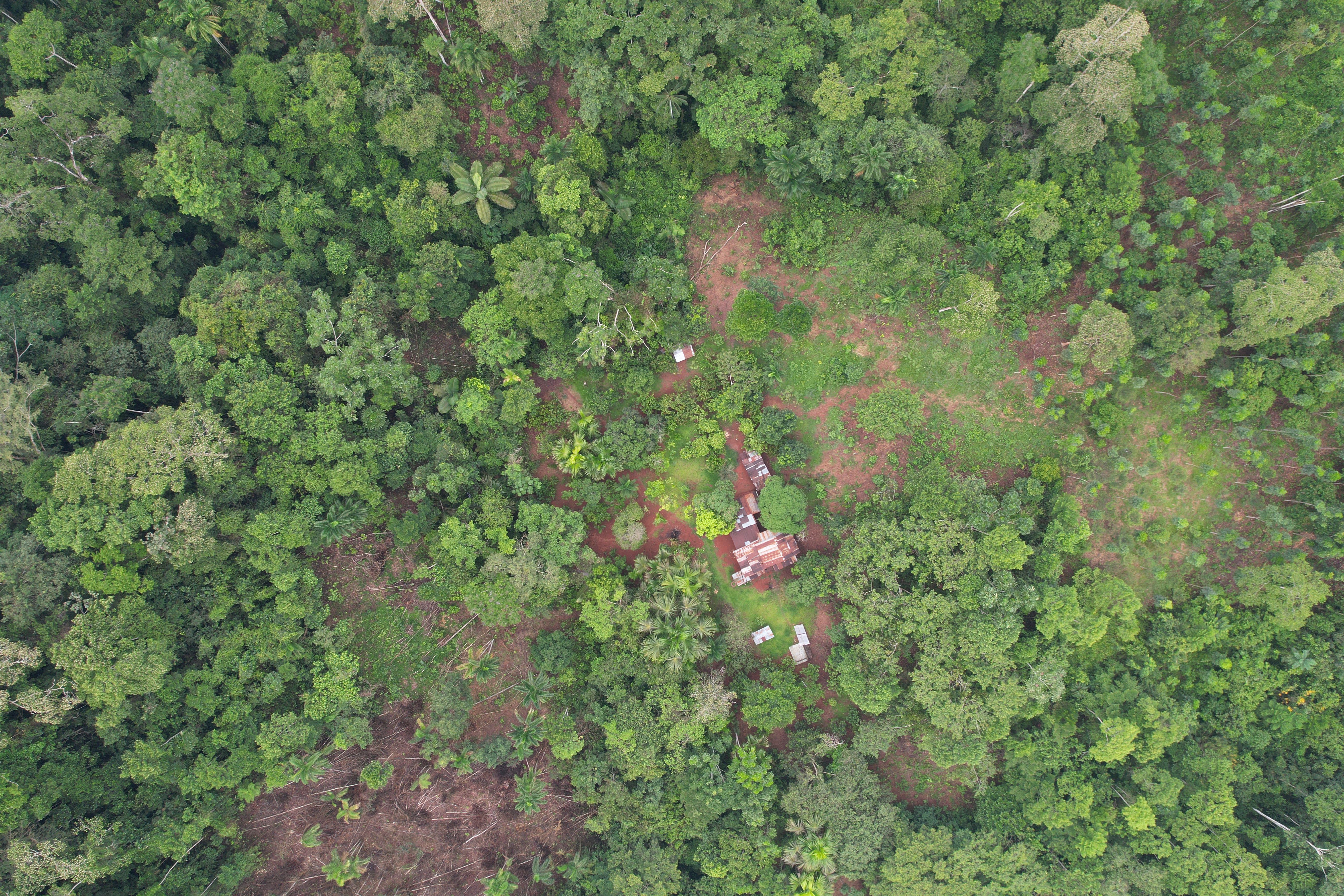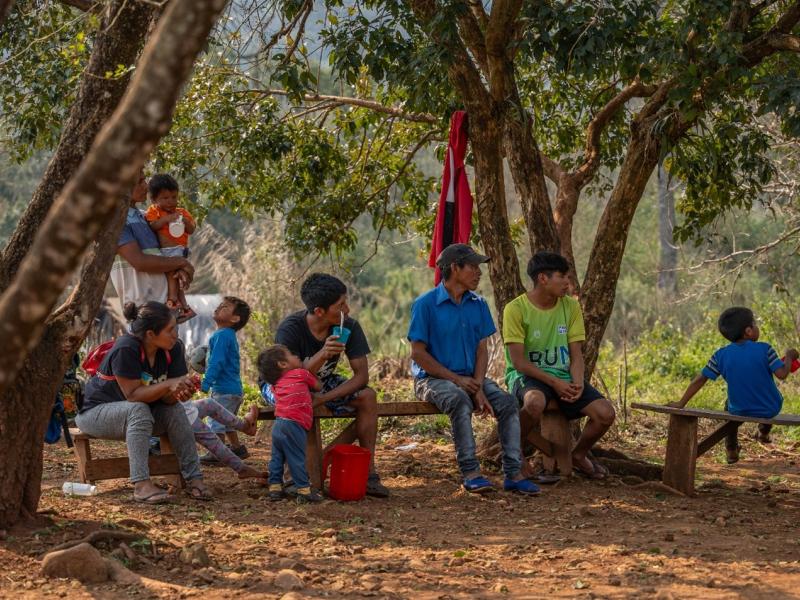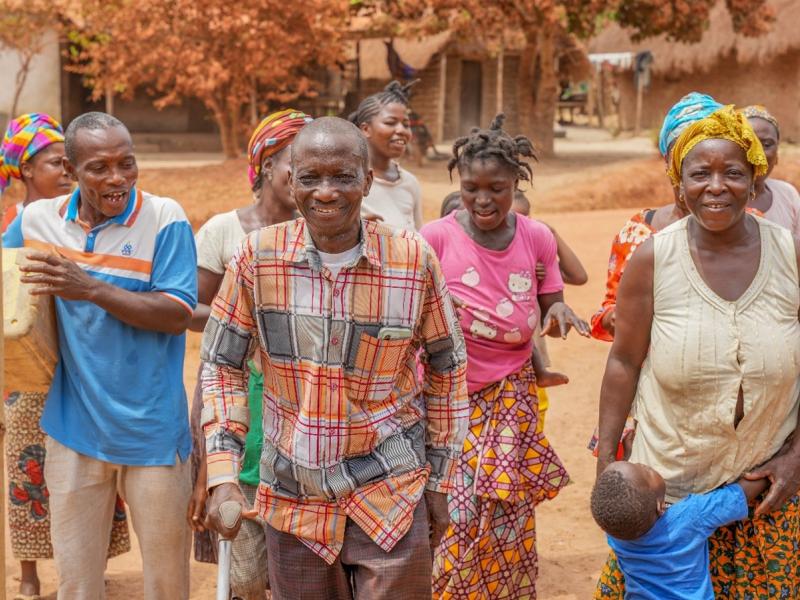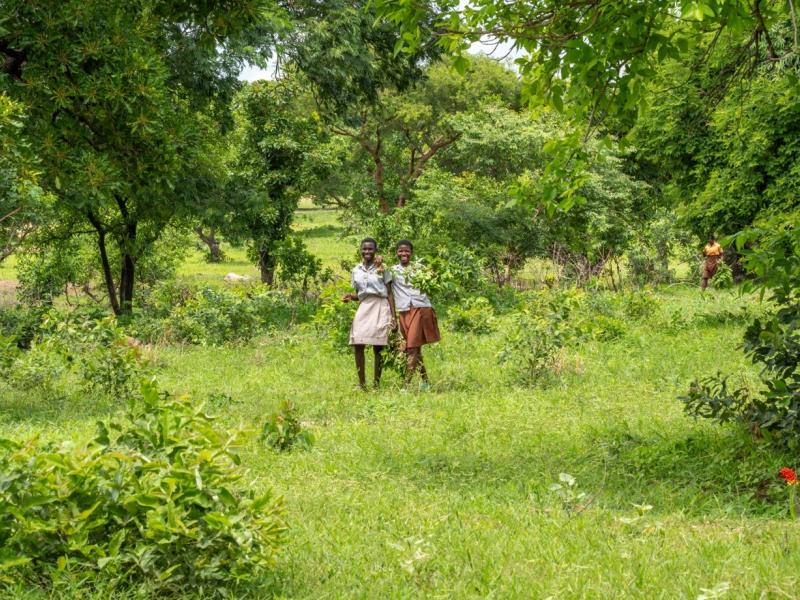Experiences from the UN-REDD Programme in Chile, Costa Rica, and Paraguay
Introduction
Land-use change and climate change are the leading causes of biodiversity loss in terrestrial ecosystems. REDD+, originally conceived as a climate mitigation mechanism based on reducing emissions from deforestation and forest degradation, also holds significant potential to contribute to biodiversity conservation. By reducing pressure on forests, REDD+ can generate co-benefits such as protecting habitats and maintaining critical ecological functions.
Since their adoption in Cancún, safeguards have laid a strong foundation for ensuring that REDD+ does not harm biodiversity. Building on this foundation, there is now an opportunity to go further—by embedding biodiversity goals directly into the core design and implementation of REDD+. From planning and monitoring to financing and governance, integrating biodiversity can help REDD+ deliver stronger, more lasting benefits for people and nature.
This article highlights strategies to align REDD+ with biodiversity conservation, drawing on innovative approaches from Chile, Costa Rica, and Paraguay supported by the UN-REDD Programme.
Biodiversity co-benefits: An opportunity for REDD+
REDD+ has the potential to deliver biodiversity and other ecosystem service co-benefits alongside emissions reductions. Beyond its climate benefits, REDD+ can generate a wide array of positive outcomes for both people and the environment—including improved livelihoods, food and water security, erosion control, and the sustainable provision of fuel. These co-benefits also contribute to achieving several Sustainable Development Goals. Among them, biodiversity conservation stands out as a particularly strategic benefit: REDD+ can help safeguard species, strengthen ecosystem resilience, and protect culturally significant landscapes and services.
In the case of biodiversity, co-benefits can be defined as "non-carbon improvements in the state of biodiversity relative to an agreed baseline, resulting from REDD+ activities". They are not secondary outcomes but integral to REDD+'s legitimacy, effectiveness, and long-term sustainability—this is particularly true in Latin America and the Caribbean, a region rich in biodiversity but facing acute ecological pressures.
The 2024 Living Planet Report warns of a 95% decline in vertebrate populations in the region between 1970 and 2020. Biodiversity underpins ecosystem resilience and climate adaptation capacity, making its integration into REDD+ both urgent and strategic.
Biodiversity not only has intrinsic value but also functions as an enabling condition for ecosystem resilience, enhancing the ability of ecosystems to withstand and adapt to climate change. In this context, explicitly integrating biodiversity co-benefits into REDD+ is urgent. Doing so allows for a more holistic response to the intertwined climate and biodiversity crises that threaten forests and the communities that depend on them.
Strategies to integrate biodiversity into REDD+
For REDD+ to go beyond its climate focus and effectively contribute to biodiversity conservation, it is essential to implement explicit strategies, grounded in evidence and tailored to territorial contexts. Below are key measures identified in the literature and national experiences, such as those of Panama and Chile.
- Prioritization of interventions in areas of high biodiversity: Targeting REDD+ interventions in biodiversity hotspots—not just high-carbon areas—maximizes impact. In Panama, for example, spatial analyses identified overlaps between carbon stocks and Key Biodiversity Areas, showing that 48% of the country’s carbon is stored in protected areas. These overlaps represent strategic opportunities to maximize REDD+ impacts.
- Application of landscape approaches: Landscape approaches allow for integration of ecological connectivity, restoration, and protected area networks. Panama, for example, has applied multi-layered spatial tools to map zones where biodiversity, carbon, erosion control, and tourism converge.
- Incorporation of complementary financial mechanisms: Carbon markets often overlook non-carbon values. However, prioritizing areas with high carbon and biodiversity values can yield co-benefits with only marginal cost increases. Tools like wildlife conservation premiums, permanent biodiversity funds, or incentive schemes covering opportunity costs have been proposed to enhance these synergies.
- Inclusion of indicators and monitoring instruments: Effective monitoring of biodiversity co-benefits requires specific, measurable indicators tailored to context. In Chile, for instance, a Co-Benefits System (SCB) includes indicators such as the structural connectivity index of vegetation, which assesses landscape fragmentation using tools like Conafor Sensinode[1]. This indicator is crucial for evaluating ecological connectivity. Cultural indicators have also been developed, such as tracking the richness of culturally significant species in Indigenous territories, recognizing the link between biodiversity and cultural identity, and measuring changes influenced by REDD+[2].
- Participation of Indigenous Peoples and Local Communities: Participatory governance is essential for biodiversity strategies to be both effective and legitimate. Indigenous-managed areas host over 35% of the world’s remaining intact terrestrial ecosystems, underscoring their strategic role in conservation. REDD+ should incorporate their knowledge, practices, and rights as an effective path to sustainable environmental outcomes.
- Institutional strengthening and alignment with national priorities: In both Panama and Chile, participatory processes have helped identify national and territorial priorities for REDD+ implementation, involving public agencies, Indigenous Peoples, NGOs, and academia. This alignment ensures that biodiversity benefits are contextually grounded and responsive to local needs.
Country highlights
Latin America and the Caribbean, one of the most biodiverse regions on the planet, offers a strategic opportunity to advance REDD+ implementation with a strong biodiversity focus. Countries such as Chile, Costa Rica, and Paraguay, with support from the UN-REDD Programme, have begun developing conceptual frameworks, indicators, and reporting mechanisms aimed at enhancing non-carbon benefits, particularly those related to biodiversity.
Chile: Structured monitoring of co-benefits
Chile has progressed toward an operational system for monitoring environmental, social, and cultural co-benefits within the framework of its National Strategy on Climate Change and Plant Resources (ENCCRV). With support from UN-REDD, the country developed a Co-Benefits System (SCB) and a protocol including biodiversity-specific indicators. Among these, the structural connectivity index of vegetation stands out, which assesses landscape fragmentation using the CONEFOR SENSINODE tool—a key metric for planning the restoration of ecological corridors[3].
The system also includes cultural indicators, such as the richness of culturally significant species for Indigenous Peoples, recognizing the identity value of biodiversity. These tools are based on field data, remote sensing, and nationally scalable methodologies. Chile is currently reviewing and expanding these indicators to align more closely with international standards and support evidence-based decision-making[4].
Costa Rica: Spatial planning to maximize multiple benefits
Costa Rica has adopted a spatial planning approach to identify areas where REDD+ actions generate multiple benefits, including biodiversity. As part of its National REDD+ Strategy (EN-REDD+), and with support from the UN-REDD Programme, the country developed spatial analyses that identified 2.9 million hectares of forest with a high convergence of benefits, such as threatened species richness, water regulation, and water supply.
The country used overlay mapping techniques to prioritize interventions like agroforestry systems, ecosystem restoration, and fire prevention. Indicators based on the IUCN Red List were integrated and proposed for inclusion in the Monitoring, Reporting, and Verification (MRV) system, thus advancing toward adaptive, evidence-based management.
Paraguay: Integrative territorial approach
Paraguay has employed spatial tools to integrate biodiversity and other non-carbon benefits into its REDD+ planning. Through participatory processes and with support from UN-REDD, the country identified priority zones in the Atlantic Forest of Alto Paraná and the Dry Chaco, where high carbon stocks converge with rich populations of threatened vertebrate species.
In addition to environmental variables, Paraguay incorporated sociocultural aspects such as access to medicinal plants and the protection of sacred sites. With participation from the Federation for the Self-Determination of Indigenous Peoples (FAPI), the country developed maps of forest restoration opportunities, considering human pressure and ecological connectivity. This integrative strategy has strengthened the legitimacy and effectiveness of REDD+ in a context of high ecosystem pressure.
Conclusion
Effectively integrating biodiversity into REDD+ is crucial to address the escalating climate and biodiversity crises. While safeguards have been instrumental in preventing harm, moving from risk to prevention and focusing on securing and improving co-benefits for biodiversity requires proactive strategies. These can include spatial planning, tailored biodiversity indicators, complementary financial incentives, and meaningful participation by Indigenous and local communities. These elements are not add-ons but essential pillars of a transformative and inclusive REDD+.
The experiences of Chile, Costa Rica, and Paraguay—supported by the UN-REDD Programme—show that this transition is not only possible but already underway. Through innovative monitoring systems and participatory territorial planning, these countries are demonstrating how REDD+ can generate measurable co-benefits and become a powerful tool for biodiversity conservation and environmental justice.
[1] This text has been adapted from: Corporación Nacional Forestal (CONAF). (2023). Protocol for the Collection of Baseline Indicators and Monitoring of Social and Environmental Co-benefits at the Project Scale (Version 3). CONAF and FAO Chile. To access the document, you may request it by writing to daniel.contreras.volcan@conaf.cl
[2] This text has been adapted from: Corporación Nacional Forestal (CONAF). (2023). Protocol for the Collection of Baseline Indicators and Monitoring of Social and Environmental Co-benefits at the Project Scale (Version 3). CONAF and FAO Chile. To access the document, you may request it by writing to daniel.contreras.volcan@conaf.cl
[3] This text has been adapted from: Corporación Nacional Forestal (CONAF). (2023). Protocol for the Collection of Baseline Indicators and Monitoring of Social and Environmental Co-benefits at the Project Scale (Version 3). CONAF and FAO Chile. To access the document, you may request it by writing to daniel.contreras.volcan@conaf.cl
[4] This text has been adapted from: Corporación Nacional Forestal (CONAF). (2023). Protocol for the Collection of Baseline Indicators and Monitoring of Social and Environmental Co-benefits at the Project Scale (Version 3). CONAF and FAO Chile. To access the document, you may request it by writing to daniel.contreras.volcan@conaf.cl




